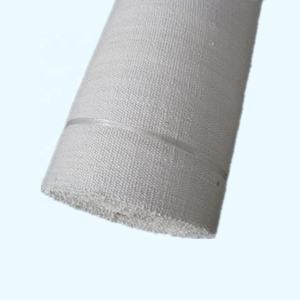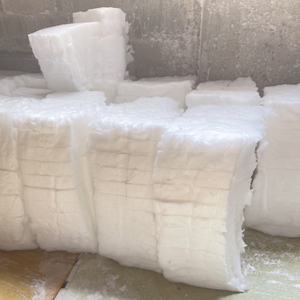Professional industry ceramic supplier, silicon nitride, silicon carbide, aluminum nitride and any other kinds of ceramics.
PRODUCT PARAMETERS
Description
Overview of 1430CCeramic fiber insulation module
1430CCeramic fiber insulation module is a lightweight, high-temperature insulation material composed primarily of alumina-silica. It is manufactured through a melting and spinning or blowing process, resulting in a flexible, wool-like textile. This material is engineered to provide exceptional thermal management, conserving energy and protecting equipment in extreme temperature environments across various industries.
Features of 1430CCeramic fiber insulation module
-
Excellent Thermal Stability: Withstands continuous operating temperatures up to 1260°C (2300°F) and higher for certain grades, with minimal shrinkage.
-
Low Thermal Conductivity: Provides highly efficient insulation, reducing heat loss and improving energy efficiency.
-
Lightweight & Low Heat Storage: Offers low thermal mass, enabling rapid heat-up and cool-down cycles for improved process control and energy savings.
-
Thermal Shock Resistance: Highly resistant to damage from rapid temperature changes.
-
Excellent Flexibility & Resilience: Can be fabricated into blankets, boards, papers, and textiles to fit complex shapes and applications.
-
Good Chemical Stability: Resists attack from most corrosive agents, except strong alkalis and hydrofluoric acid.
Specification of 1430CCeramic fiber insulation module
This insulation component utilizes ceramic fibers. It takes care of heats well. The thickness is 1430CC. This number shows its weight per cubic meter. Greater density means better insulation. It likewise suggests the component is harder. It can stand up to damages much better.
The module works well up to 1430 degrees Celsius. It takes care of unexpected temperature adjustments too. This is called thermal shock resistance. It won’t break or break conveniently. That makes it reputable.
Standard dimensions are readily available. Usual thicknesses are 25mm or 50mm. Size and size fit common heater styles. The modules interlock when set up. This develops a limited seal. It stops warmth loss efficiently. It also obstructs air leakages.
Installation is uncomplicated. Components slot with each other quickly. They require no unique devices. This saves time throughout arrangement or repair work. The product feels soft. Employees can manage it safely. It doesn’t launch dangerous dust quickly.
This insulation matches lots of high-heat locations. It operates in heating systems for steel or glass. It fits in kilns too. It reduces power usage. Furnaces remain hotter much longer. This reduces gas expenses. The components last a long time. They endure rough furnace conditions. Substitute is needed much less commonly. That saves cash gradually.
Applications of 1430CCeramic fiber insulation module
Ceramic fiber insulation components manage very hot temperatures, approximately 1430 degrees Celsius. This makes them good for numerous commercial uses where warmth control issues. They conserve power and maintain workers much safer. Many manufacturing facilities utilize them inside heaters. Heating systems for steel, glass, or ceramics require strong insulation. These modules line the furnace walls and roofs. They trap heat inside effectively. This implies less gas gets used. Running expenses go down substantially. They likewise assist heating systems warm up faster. Production times boost.
Central heating boilers in power plants or factories additionally require this insulation. The modules insulate boiler wall surfaces. They prevent warm loss right into the environments. Much more warm remains inside the boiler system. Central heating boiler effectiveness increases. Gas intake reduces. This conserves cash and lowers emissions. The components resist the consistent high heat inside central heating boilers well. They last a long time without damaging down.
Kilns for firing ceramic or blocks utilize these components also. The modules shield kiln chambers. They maintain consistent, high temperatures needed for firing. Constant warm is important for product top quality. The insulation assists accomplish this. It protects the kiln structure from severe heat damages. Kiln life-span expands.
These components insulate pipelines carrying really warm gases or fluids. They quit heat running away from pipes. Power waste decreases. They secure nearby devices and workers from burns. Safety improves. The components are light-weight. Installation is less complicated contrasted to hefty blocks. They fit complex shapes well. Maintenance is less complex. Repairing small areas is possible without significant job. They stand up to chemical attack from flue gases better than some older products. Performance remains trusted much longer.
Company Profile
Tanki New Materials Co.Ltd. focus on the research and development, production and sales of ceramic products, serving the electronics, ceramics, chemical and other industries. Since its establishment in 2015, the company has been committed to providing customers with the best products and services, and has become a leader in the industry through continuous technological innovation and strict quality management.
Our products includes but not limited to Aerogel, Aluminum Nitride, Aluminum Oxide, Boron Carbide, Boron Nitride, Ceramic Crucible, Ceramic Fiber, Quartz Product, Refractory Material, Silicon Carbide, Silicon Nitride, ect. please feel free to contact us.

Payment Methods
T/T, Western Union, Paypal, Credit Card etc.
Shipment Methods
By air, by sea, by express, as customers request.
5 FAQs of 1430CCeramic fiber insulation module
Here are five common questions about 1430CC ceramic fiber insulation modules. People often ask what these modules are. They are pre-formed blocks made from ceramic fiber. Manufacturers compress the fiber into specific shapes. These shapes fit together easily in furnaces and kilns. The main job is to keep heat inside high-temperature equipment. This improves efficiency and saves energy.
Another frequent question is about temperature limits. The 1430CC rating means these modules handle temperatures up to 1430 degrees Celsius. That’s roughly 2600 degrees Fahrenheit. They perform well in most industrial heating applications. It’s important not to exceed this maximum temperature. Going beyond it can damage the modules over time.
People also want to know how to install them. Installation is relatively straightforward. Workers place the modules directly against the hot face of the furnace lining. They fit tightly together like puzzle pieces. Metal anchors or clips usually hold them securely in place. Proper installation prevents heat leaks and gaps.
Many users ask how long these modules last. Their lifespan depends heavily on operating conditions. Normal use in a controlled environment offers good longevity. Continuous exposure to maximum temperatures shortens their life. Physical damage or chemical corrosion also reduces service time. Regular inspections help spot problems early.
Finally, folks inquire about maintenance needs. These modules require minimal maintenance. Checking for surface damage or loose sections is wise. Replacing individual damaged modules is possible. Avoid using water or harsh cleaners on them. Keeping the surface free from heavy buildup helps performance. Proper care extends their usefulness.
REQUEST A QUOTE
RELATED PRODUCTS

Low-temperature ceramic fiber gaskets.
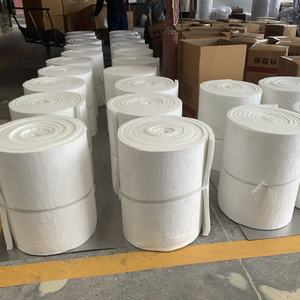
Ceramic fiber blankets for 1260°C, 1400°C, and 1600°C. of various specifications for insulation fiber blankets.
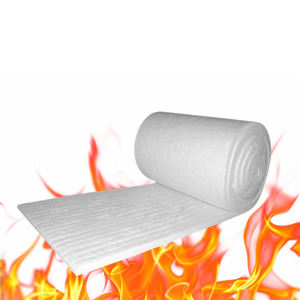
Ceramic Fiber Sheet for Effective Thermal Insulation.
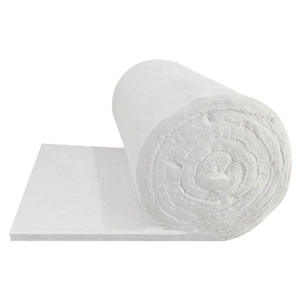
B-grade ceramic fiber with high-temperature resistance (1650°C), fast thermal conductivity, excellent crack resistance, and excellent oxidation resistance
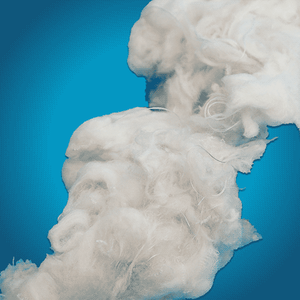
Ceramic Fiber Tubing Made of High-temperature Insulation / Marine Power Plant Ceramic Fiber for
